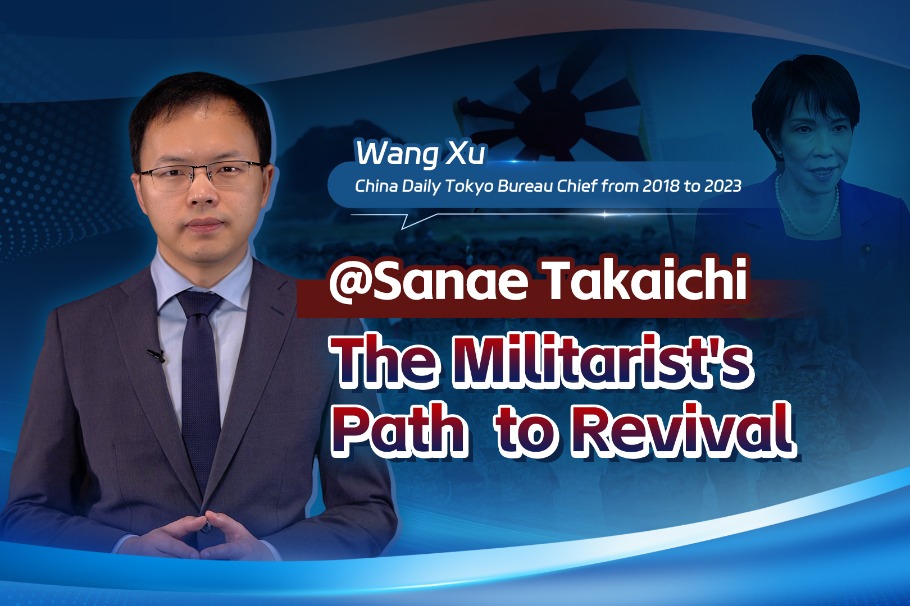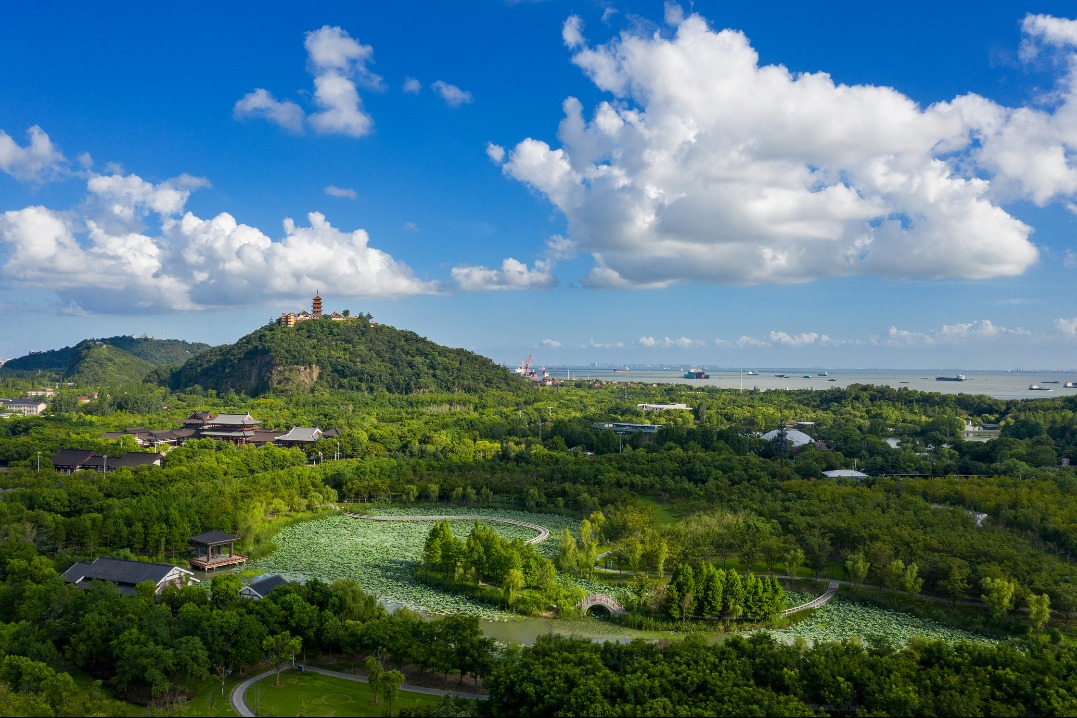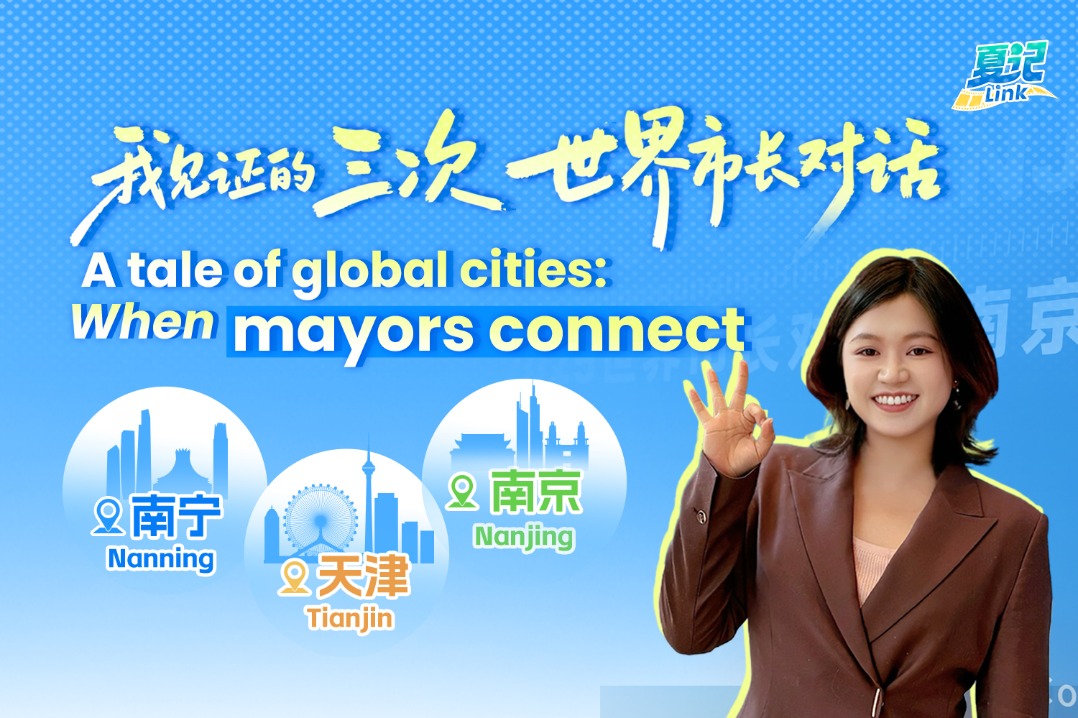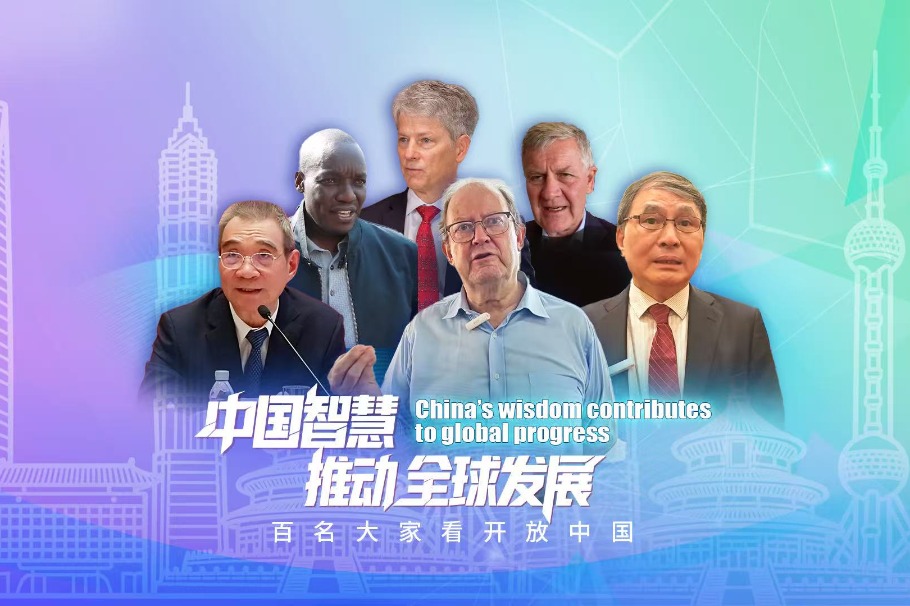Street smart
By DAVID HO For China Daily | China Daily USA | Updated: 2017-12-23 04:15
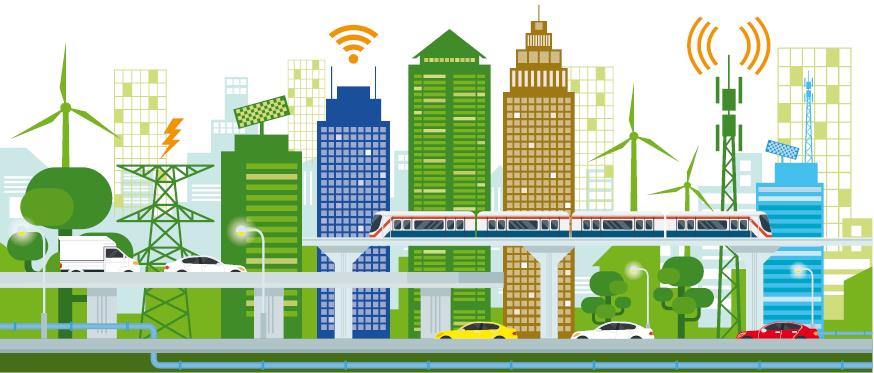
Hangzhou is home to some 9 million people who live around an idyllic lake surrounded by well-kept woods in a city partly run by artificial intelligence, which is doing a remarkably good job.
What is happening in the capital of East China's Zhejiang province could eventually spread across the country and, in time, globally, as smart city technology improves. Traffic and transport are key areas of focus for smart city applications, in which big data and software are applied to make the most of existing hardware.
Hangzhou provides a road map for what is possible, but it is hardly alone in its ambitions. There are 661 cities in China, going by the country's official definition, and more than 500 of them are taking big leaps to become "smart cities".
In Hangzhou, the city government worked with hardware developer Foxconn and e-commerce giant Alibaba on the City Brain project, which launched in October 2016. Using enormous amounts of data, City Brain has helped alleviate traffic congestion, minimize road accidents and even cut down on crime.
The move is part of an ongoing transformation of China's economy and society, one that is driven by both the public and private sectors and from the largest and most established companies to the smallest startups.
"In Hangzhou, we have 1.2 million vehicles traveling on roads every day, with 50 percent that pass through highways. The Hangzhou City Brain has reduced 10 percent of the time required to travel on highways, the equivalent of saving time for half of those 1.2 million drivers," said Wang Jian, chairman of the Technology Steering Committee at Alibaba, during the keynote speech at a conference hosted by the company in October.
"The City Brain initiative will become an important urban infrastructure for cities of the future, allowing city data to be processed and analyzed in real time, and ultimately leading to more intelligent distribution of public resources."
A key factor in the success of smart city initiatives is access to big data. And big data is particularly useful in traffic management.
City Brain has excelled at traffic management. If an accident happens, road users and authorities are alerted quickly and traffic flows are managed accordingly.
The City Brain system can predict traffic flows 10 minutes ahead of time with 90 percent accuracy. Since its implementation in September last year, traffic speed in the Hangzhou Xiaoshan district has increased by 11 percent.
Through camera systems across the city, Alibaba tracks road conditions in real time. Millions of servers clustered into a super computer via Apsara, Alibaba's large-scale computing operating system, analyze data points and use proprietary algorithms to manage traffic signals to improve traffic.
Smart city initiatives are also being used in other areas, such as the mobile payment system on the Shanghai-Hangzhou-Ningbo Highway. Operated through Alipay, it speeds up toll payments for more than 40,000 vehicles every day.
After the success of the Hangzhou pilot, Alibaba is looking to take its City Brain elsewhere in China and the world. The system is also being used in nearby Suzhou in Jiangsu province to redesign bus routes and encourage more people to use public transport, said Wang.
Two such routes, redesigned by the Suzhou City Brain, have seen passenger numbers increase by 10 and 17 percent.
The use of smart city applications to take greater advantage of existing infrastructure could help drive economic growth in China but also in other countries across the region, said Ben Simpfendorfer, founder of consultancy firm Silk Road Associates.
This could prove particularly true for countries working with Chinese companies to develop smart city infrastructure through the Belt and Road Initiative, which aims to revitalize the ancient Silk Road trading routes.
"A lot of the countries along the Belt and Road are land and/or water scarce. Smart city designs offer better traffic management, and tech-powered management systems help them make better use of limited resources too," Simpfendorfer said.
"Aside from the obvious benefits of having a smart city, the Belt and Road countries that do adopt the design would also benefit from the price and performance balance that China can offer.
"China is a world leader in Internet of Things equipment. Constructing a smart city like this would require a lot of such supplies that they can provide." The Internet of Things is the data exchange network that links different appliances, devices and systems infrastructure.
"What the Belt and Road offers for China is a window of opportunity to export their talent, products and expertise to those that need it. It's a smart solution to development gaps and a win-win situation for all," Simpfendorfer said.
Having the infrastructure is one thing, but another is to facilitate access to the data necessary to develop effective solutions.
Kay Axhausen, a professor at the Institute of Transport Studies at ETH Zurich, a science and technology university in Switzerland, said that making data gained from smart city infrastructure open to all is a vital component in managing mobility.
"Cities should make data available so academics and researchers can analyze it. You can't manage what you can't measure," he said.
Axhausen's own studies on Singapore's bus transport system provide proof that data can help cities better organize their mobility systems.
By using data from the Contactless e-Purse Application (CEPAS, an electronic money smart card), Axhausen was able to track and formulate a line-splitting solution to help reduce excess waiting time for a particular bus route.
"The number of buses remains the same, only the organization has changed after this study and that has cut down on excess waiting time. Developing a smart mobility system also involves making better use of slots on existing infrastructure," he said.
But to make smart mobility a reality across more cities, support at the policymaking level is key, said Axhausen.
"It's important to have clear, high-level policy goals and to implement the supporting policies consistently, rather than changing with each administration," he said.
Becky Loo, director of the Institute of Transport Studies at the University of Hong Kong, agreed.
"A smart city is not just an objective description of natural processes or stages of e-urbanization. They must be goal specific," Loo said.
She also believes that data on progress is paramount to urban development.
"It's important to have data that tracks progress so we can identify areas of improvement, overcome barriers and accelerate change in a desired direction. That way, we can make smart mobility a people-oriented and place-based concept," she said.
Forms of transport have remained largely the same throughout the last few decades. But what Loo feels is overlooked is a change in attitude and behavior, especially among the younger generation, that has given rise to the phenomenon of ride sharing.
Loo's own work on transport platforms showed a need for streamlining data. Her study on ride-sharing apps in Hong Kong revealed about 40 such programs in 2012. But five years later, the numbers of apps have fallen to about 20.
"What this reveals is that we need a platform for smart mobility or at least a few that communicate with each other like a network," she said.
Once there is a shared platform, it can make it easier for everyone involved to have a hand in improving mobility.
Ulf Blanke, managing partner and cofounder of mobile crowd management company Antavi, uses tech platforms to help manage crowded situations in urban areas.
At a few major events, they included a crowd-tracking function in the apps specific to each gathering. The data on crowd movement patterns allowed organizers to see where people congregated so they could manage traffic and better plan for future event installments. Antavi's tech also allowed data to be played back to users of the apps.
"It was useful for festivalgoers at events like Oktoberfest to know which tents were crowded. That way they can avoid it and help organizers prevent a bottleneck in those spots," Blanke said.
"We need to make data open so we can give the responsibility back to citizens.
"That way, we can also get everyone, from organizers to citizens, on the same page with regard to smart mobility," he added.
That joint responsibility is a concept that others like Loo from the University of Hong Kong agree with.
"We have so many smart people in our society, we should give them the tools and data so we can build smart cities together."





